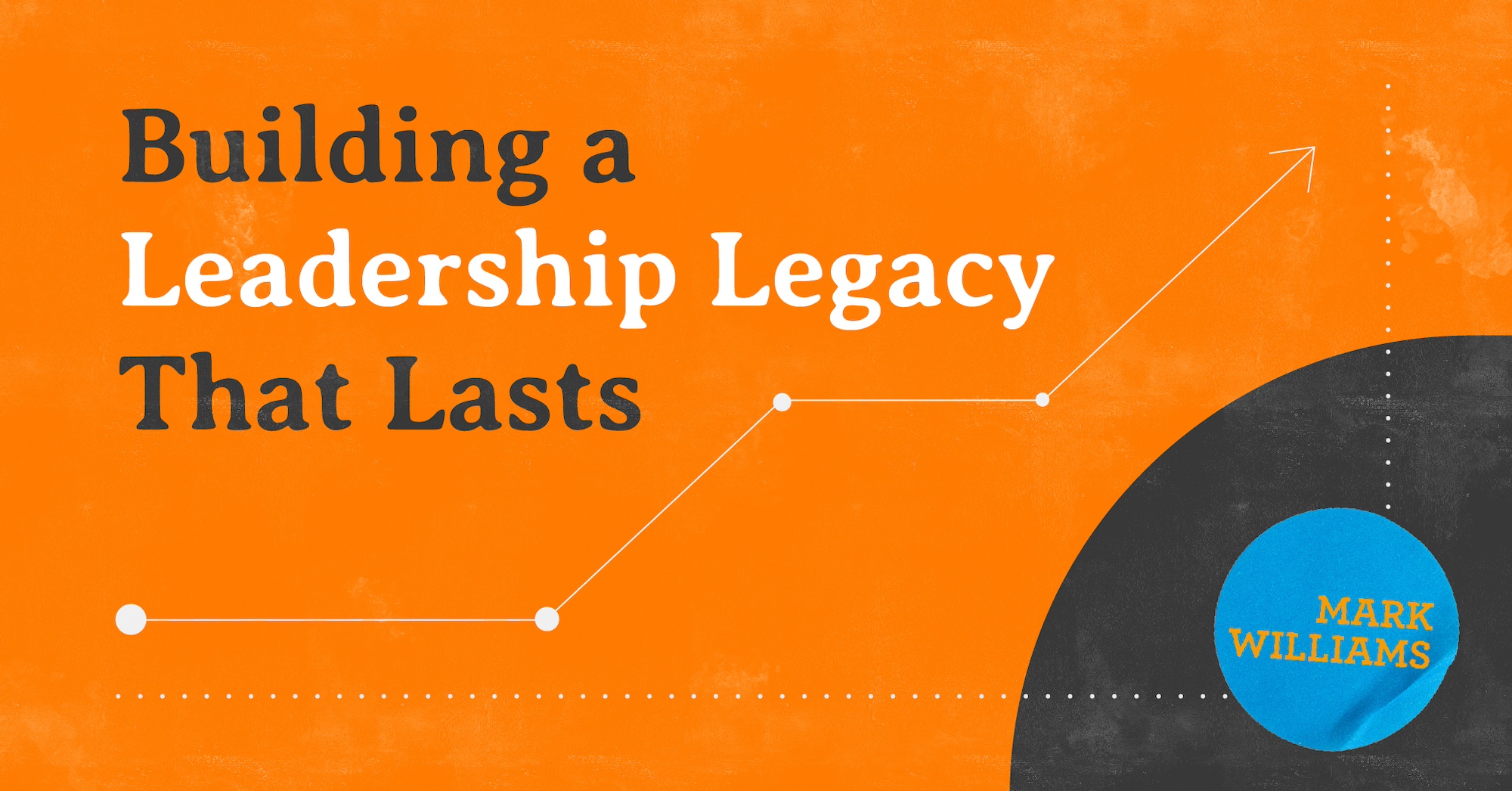When we think about leadership, it’s easy to focus on immediate results—the quarterly profits, the successful projects, the tangible achievements. But true leadership extends far beyond these metrics. It’s about building a legacy that outlasts your tenure and continues to inspire and guide others long after you’re gone. This kind of leadership goes beyond the bottom line and touches on the deeper impact you leave on your organization and the people within it.
Building a legacy as a leader starts with a clear sense of purpose. This means understanding what you stand for and how you want to be remembered. Your legacy isn’t defined by the number of successful projects or the profits you’ve generated, but by the values you’ve instilled in your team and the culture you’ve helped create. Leaders who focus on purpose ensure that their decisions align with their core values, which in turn, sets a strong foundation for their legacy.
A significant part of building a legacy involves investing in people. Great leaders recognize that their true impact lies not in their individual accomplishments, but in the success of those they lead. By mentoring and developing the next generation of leaders, you’re ensuring that your influence continues to shape the organization even after you’ve moved on. This requires a commitment to nurturing talent, providing opportunities for growth and creating an environment where people feel empowered to excel.
Another key aspect of legacy-building is the ability to inspire long-term vision within your organization. It’s about setting a course that others can follow, even when you’re no longer at the helm. This involves not just making strategic decisions that benefit the company today, but also laying the groundwork for sustained success in the future. Leaders who think long-term are those who plant seeds that will grow into a flourishing legacy.
However, building a legacy isn’t just about big, sweeping actions. It’s also about the small, everyday choices that define who you are as a leader. The way you treat people, the ethical standards you uphold, and the consistency with which you act on your values all contribute to the legacy you leave behind. Over time, these small actions accumulate, creating a lasting impact that resonates with others.
In the end, a legacy isn’t something you can measure in financial terms. It’s the intangible influence you’ve had on the people and the culture of your organization. It’s about being remembered not just for what you achieved, but for how you achieved it—and the positive, lasting change you left in your wake. As leaders, we should strive to build a legacy that reflects our highest ideals, one that continues to inspire and guide others long after we’re gone.

